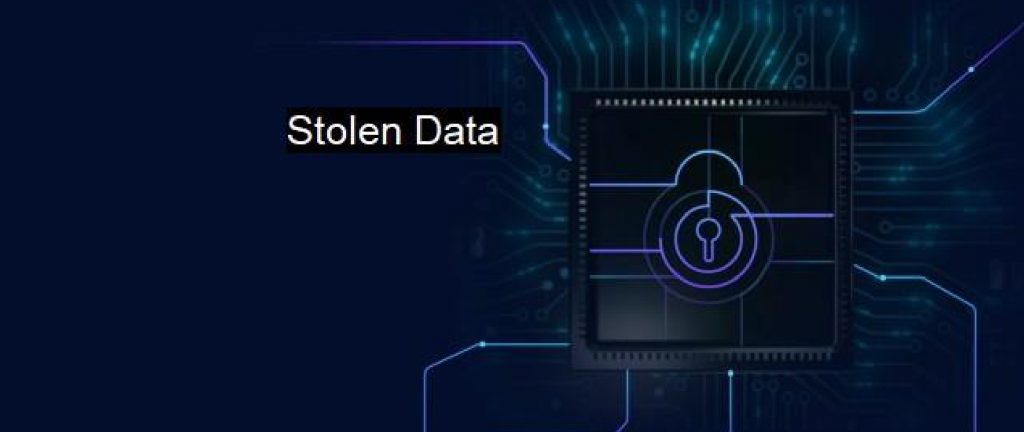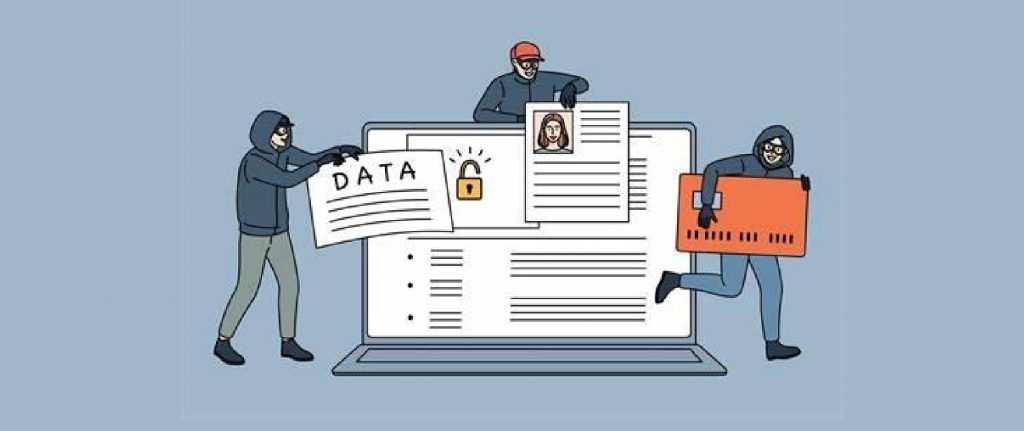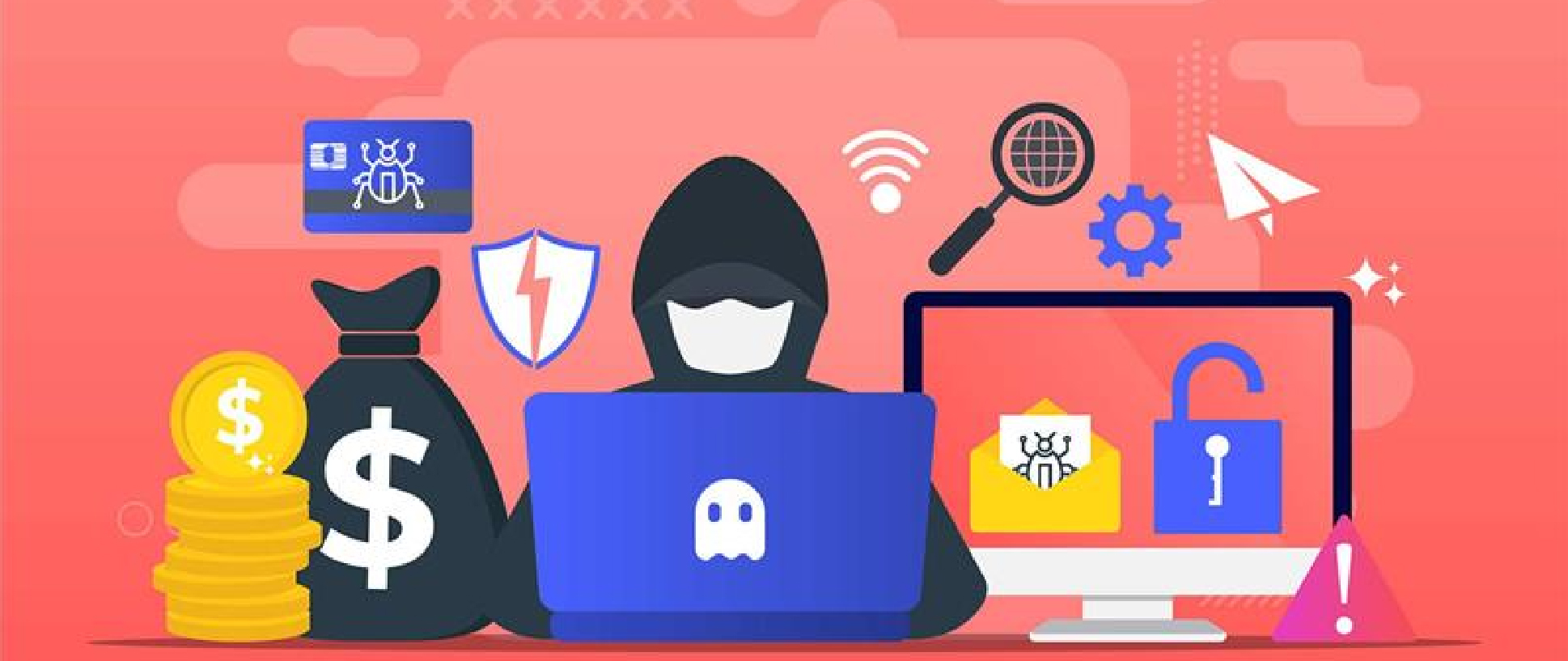When hackers steal your data, it does not just disappear into thin air. So… where does stolen data go? The answer is unsettling: straight to the dark web—a hidden part of the internet where stolen credit card numbers, passwords, and personal info are bought and sold like black market goods. Let’s take a closer look at the secret life of stolen data and how it ends up on the dark web.
About Stolen Data

Data theft, also known as stolen data, is when that private data gets stolen. It includes sensitive stuff like your Social Security number, bank account details, medical records, passwords, and more. Hackers, scammers, or even insider threats can sneak into computers, servers, or databases to snatch them. It is not just illegal—it is a direct hit to your privacy, security, and peace of mind.
How Stolen Data Ends Up on the Dark Web
Personal and company data are always one click away from cybercriminals’ grasp. The data is first obtained from somewhere. Most of the data is obtained via the surface web and the deep web. But once data has been robbed, where does it go, and next, what happens? The stolen data is often found in the dark web world.
Here we have the details on how data is stolen and how it ends up on the dark web markets.
How Data is Stolen

Cybercriminals use data as goldmines, opening the door for a variety of malicious actions. The technique of obtaining the credentials and later selling them on the dark web involves a combination of smart strategies, advanced technology, and exploitation of human error.
A threat actor could steal the data in the ways listed below.
Data Breaches
Data breaches are the most frequent method of obtaining credentials and stolen data. It occurs when an unauthorized individual or group gains access to a business’s secure network and takes confidential information. However, big businesses that store a lot of data are frequently the target of hackers. The threat actor sells the data in large quantities on the dark web after extracting it.
Phishing Attacks
Phishing attacks are fraudulent tactics that deceive users into divulging their login data. Cybercriminals send emails or texts alerting the user to provide critical information while posing as a reliable organization, such as a bank or a business leader. Threat actors then either utilize the credentials for additional attacks or sell them on the dark web.
Malware
Malware, often known as malicious software, is a program that helps to steal passwords. This comes in a variety of forms, such as keyloggers, which log keystrokes, take screenshots, and track user activities to obtain private information. The cybercriminals receive this data.
Credential Stuffing
Cybercriminals test password and username combinations across multiple websites using automated software for credential-stuffing attacks. The fact that many people reuse their passwords across various online venues is exploited by this technique. Threat actors sell and exchange these credentials after stealing them and leaking them on dark web forums and markets.
Man-in-the-Middle Attacks
In a man-in-the-middle attack, cybercriminals eavesdrop on user-service communication on public or secured Wi-Fi networks. Without the side recognizing that the data has been negotiated, cybercriminals insert them into the discussion and record login credentials as they are exchanged.
Once cybercriminals have their hands on this stolen data, they make money with it. Well, in many cases it ends up on the dark web markets.
Stolen Data Ends Up on the Dark Web Markets
The majority of stolen data ends up in open forums or dark web marketplaces after leaking through communities. These locations are where the data is traded:
- Sold to well-known clients or traded among close associates.
- Listed for sale on very restricted, locked forums.
- Listed for sale in forums that are restricted and have fewer restrictions on access.
- Posted for free on forums
- Posted for sale on multi-good dark web markets such as DrugHub, Ares, and Elysium.
- Posted for free on the paste site.
The stolen data is sold and bought back, exchanged and re-traded, and repackaged numerous times in all of these locations.
FAQs
Q: What can be stolen in data theft?
Ans: Data stored by an individual and organization can be a target for data theft, including
- Customer personal records: name, password, email, number, address, and more
- Financial data such as credit card or debit card data
- Source codes and algorithms
- Proprietary process descriptions and operating methodologies
- Network credentials such as usernames and passwords
- HR records and employee data, including personal and financial data
- Private documents stored on computers
Q: What happens to stolen data?
Ans: Once the data is stolen, it does not just stay there. It gets used for fraud, sold and resold on the dark web, or exploited to execute phishing and other malicious attacks in many ways.
